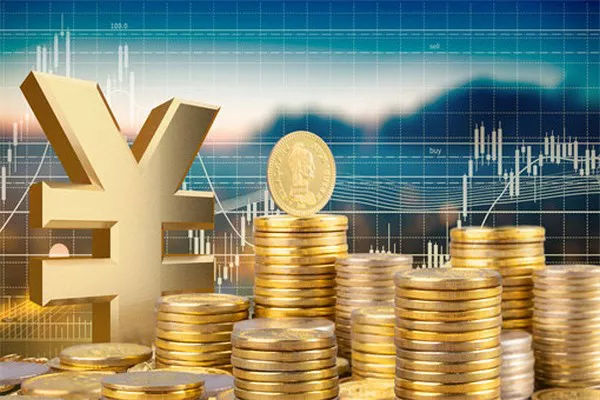The recent surge in demand for safe-haven assets, triggered by geopolitical uncertainties, has propelled gold prices to the forefront of financial markets. However, Daniel Ghali, a commodity strategist at TDS, points out that the current rally in gold values is predominantly bolstered by the weakening US dollar rather than intrinsic demand for the precious metal.
Ghali highlights that the strength in Asian currencies and the robust performance of bond markets are key factors contributing to the support of gold prices. This shift in the market dynamics suggests that the surge in gold is not solely driven by traditional demand for safe-haven assets but is intertwined with broader economic forces.
Despite the ongoing geopolitical tensions that have initially fueled the rise in gold prices, any de-escalation in the Middle East could potentially reverse this trend. Such a scenario might prompt a sell-off by discretionary money managers who could liquidate their positions, leading to a cascade of selling activities, particularly among CTA trend followers, if gold prices retreat from the $2400 per ounce mark in active futures.
An interesting observation made by Ghali is the adverse impact of the strength in Asian currencies on the demand for gold as a hedge against currency depreciation in the region. This unexpected development has played a significant role in dampening the traditional appetite for precious metals in Asia, indicating a shift in market sentiment.
The reluctance of Asian markets to engage in gold purchases signifies a notable departure from the previous trends that fueled the surge in gold prices to historic highs. The absence of renewed macroeconomic drivers that initially sparked interest in gold as a safe asset underscores a cautious approach among Asian investors, portraying a unique market landscape.
In conclusion, the interplay of geopolitical risks, currency dynamics, and market sentiments continues to shape the trajectory of gold prices, highlighting the intricate balance between traditional safe-haven demand and evolving global economic factors.


